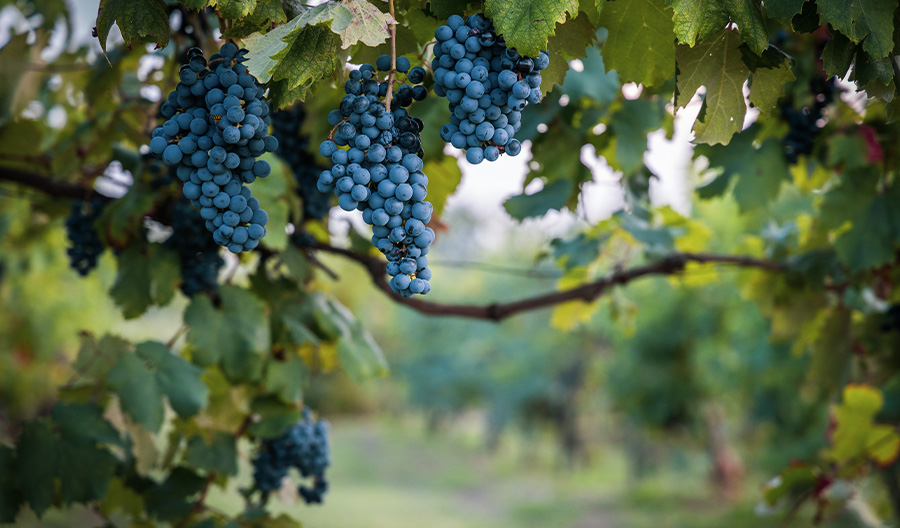For collectors, professionals, and wine lovers alike, red Burgundy is considered to be the holy grail of viticulture. These ethereal thought-provoking bottles are regarded as some of the best, if not the best, wines on the planet. Why you may ask? Well, the truth is that it all comes down to terroir.
In short, terroir is a term used to describe all of the factors that make a growing region unique. This includes, but is not limited to, a region’s climate, soil type, rainfall, climatic conditions, altitude, and beyond. Burgundy is deemed to be the birthplace of this concept, so much so that even the vineyards within the region are believed to have their own unique terroirs and microclimates. Combine that with the area’s rich history, world-class winemakers, and unmatchable growing conditions, and you have yourself the basis for some seriously sought-after wines.
Red Burgundies are Pinot Noir wines hailing from France’s easterly Burgundy region. Like all wines in France, red Burgundies adhere to the AOC (appellation d’origine contrôlée) system, meaning that bottles are classified as AOCs, IGPs (Vin de Pays), or Vin de France.
However, Burgundy takes it a step further in that many wines are classified into regional designations, village-level designations, Premier Cru designations, and the almighty Grand Cru designations based on the vineyard sites from which they come. Red Burgundy wines will also often be labeled with specific clos (walled-in vineyard) or lieu-dit (plot) labelings, which identify the exact vineyard site from which the fruit comes.

Burgundy is broken down into five major zones: Chablis, Côte de Beaune, Côte Chalonnaise Côte de Nuits and the Mâconnais. (Note: The Côte de Nuits and Côte de Beaune are often referred to as their overarching region of the Côte d’Or.) Most red Burgundy comes from the Côte de Nuits, though small amounts of red Burgundy are also produced in the other regions, as well.
Red Burgundy is produced in a variety of styles, and their flavor profiles are heavily dependent on the unique appellations or vineyard sites from which the fruit was grown. Vinification techniques also play a huge role in the final flavor profile of red Burgundies. For example, many winemakers in the region tend to vinify their wines with whole clusters, meaning that stems are used in the fermentation process, which can add spicy notes to wines. Other winemakers will choose to use a hefty dose of a new oak over neutral oak, which can add flavors of baking spice or vanilla to the end result.
The wines are generally dry, high in acid, and marked by low-to-medium levels of tannins. Common tasting notes include cherries, cranberries, tart red fruits, tobacco, potting soil, earth, used leather, button mushrooms, forest floor, and sweet spice. When produced at the hands of talented producers, red Burgundies are some of the most age-worthy wines in the world, thanks to their solid backbones and impeccable structure.
These characteristics—Burgundy’s vibrant acid and relatively low levels of tannins—make the wines extremely versatile on the table. Their bright and tangy notes of red fruits and earth come alive when served with anything from roasted poultry to hearty stews to French-inspired bistro favorites and beyond. Don’t forget to serve your bottle slightly chilled to really let it shine.

